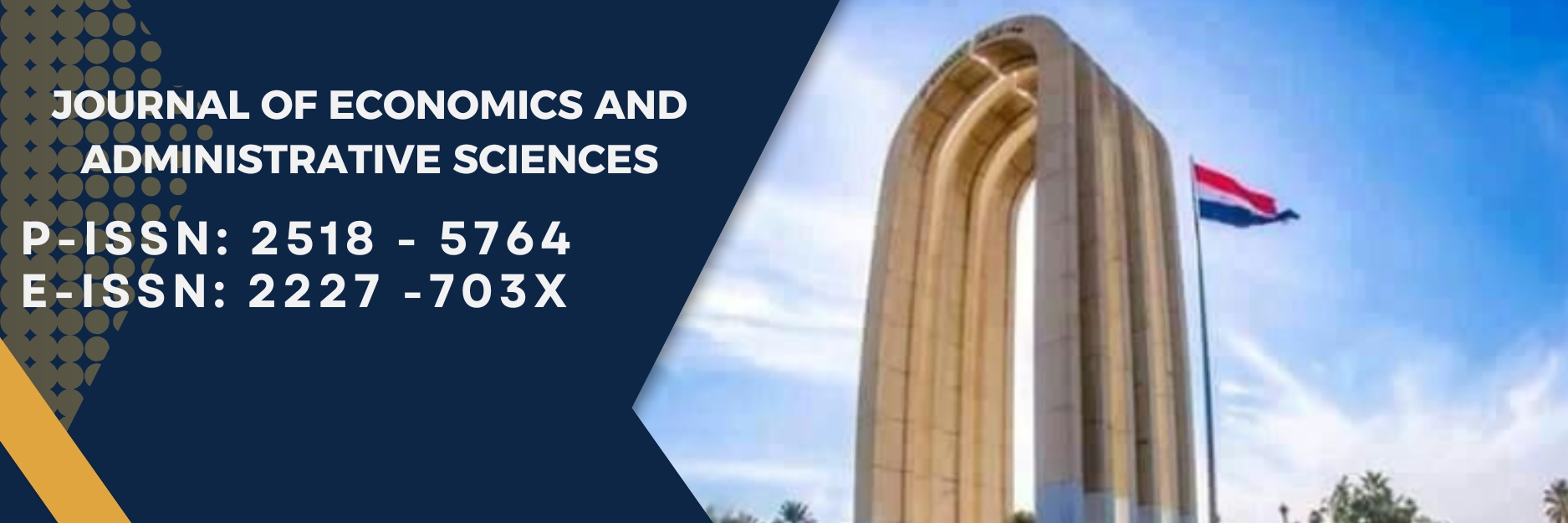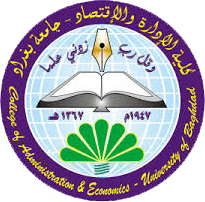Trends of Women's Economic Empowerment in Iraq for the Period 1990-2018
DOI:
https://doi.org/10.33095/jeas.v27i127.2143Keywords:
الاتجاهات، التمكين، التمكين الاقتصادي، التمكين الاقتصادي للمرأة ., Trends, Empowerment, Economic Empowerment, Woman's Economic EmpowermentAbstract
This research aims to study the economic, social, and political reality of Iraqi women by identifying the obstacles and diagnosing their empowerment trends in various fields, assessing the extent of their participation in economic activity, and re-achieving balance between women and men by reducing the gender gap between them and reducing the percentage of female unemployment to the lowest possible level. Is achieved by enhancing confidence in Iraqi women by enacting laws and making decisions that allow them to access resources freely. The researcher used the descriptive and analytical method to deal with information and data related to the research topic over a specific period (1990-2018), using local, Arab, and international reports issued by the United Nations and the World Bank, and the Iraqi Ministry of Planning surveys - the Central Bureau of Statistics and previous studies. Among the researcher's findings in the research conclusion is the necessity of empowering Iraqi women by facilitating their possession of an academic qualification that would increase their skills and confidence in themselves and facilitate their involvement in the labour market. Moreover, amend laws that hurt women working in the government and private sectors and activate the media. In addition to activating positive media for women and society to accept her as a right partner with men in all fields of life and work firmly and complete transparency to enforce criminal laws against perpetrators of violence against women in all its forms.
Downloads
Published
Issue
Section
License
Articles submitted to the journal should not have been published before in their current or substantially similar form or be under consideration for publication with another journal. Please see JEAS originality guidelines for details. Use this in conjunction with the points below about references, before submission i.e. always attribute clearly using either indented text or quote marks as well as making use of the preferred Harvard style of formatting. Authors submitting articles for publication warrant that the work is not an infringement of any existing copyright and will indemnify the publisher against any breach of such warranty. For ease of dissemination and to ensure proper policing of use, papers and contributions become the legal copyright of the publisher unless otherwise agreed.
The editor may make use of Turtitin software for checking the originality of submissions received.


























